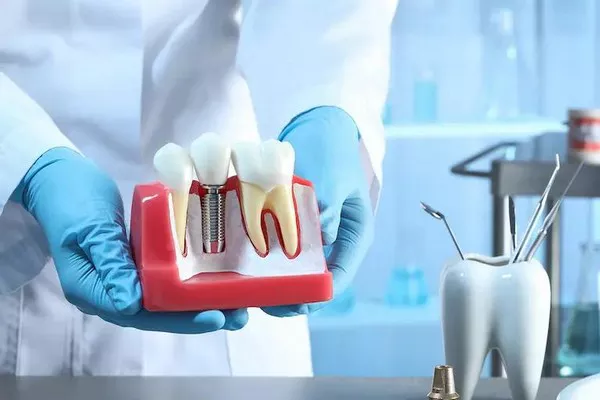Gum disease is a common dental problem that affects many people worldwide. The two most common forms of gum disease are gingivitis and periodontitis. While both conditions affect the gums, they are different in severity and symptoms.
Gingivitis is a mild form of gum disease that causes inflammation and bleeding of the gums. It is caused by the buildup of plaque on the teeth, which leads to the development of harmful bacteria. Symptoms of gingivitis include red, swollen, and tender gums, bleeding when brushing or flossing, and bad breath. Gingivitis can usually be treated with proper oral hygiene, such as brushing and flossing regularly and getting regular dental cleanings.
Periodontitis, on the other hand, is a more severe form of gum disease that can lead to tooth loss if left untreated. It occurs when the inflammation and infection of the gums spread to the bone and tissues that support the teeth, causing them to become damaged and eventually leading to tooth loss. Symptoms of periodontitis include swollen and receding gums, bad breath, a bad taste in the mouth, loose teeth, and changes in the way the teeth fit together. Treatment for periodontitis involves scaling and root planing, medication, and in some cases, surgery.
The main difference between gingivitis and periodontitis is the severity and extent of the damage. Gingivitis is a mild form of gum disease that can usually be treated with proper oral hygiene and regular dental cleanings, while periodontitis is a more severe form of gum disease that requires more aggressive treatment. If left untreated, gingivitis can progress to periodontitis, so it is important to seek treatment as soon as possible if you experience any symptoms of gum disease.
In conclusion, while both gingivitis and periodontitis are forms of gum disease, they are different in their severity and symptoms. It is important to practice good oral hygiene and seek treatment from a dentist if you experience any signs of gum disease to prevent it from progressing to a more severe form.
































